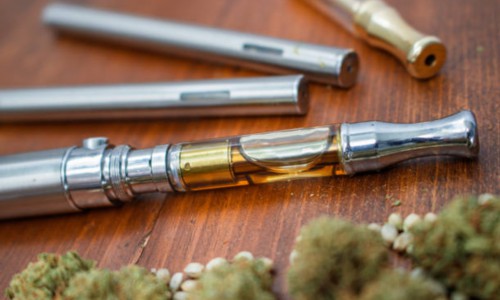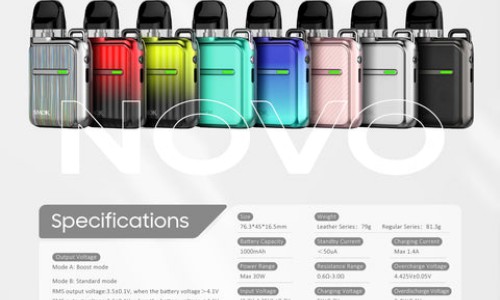
Why People Choose Vaping Over Smoking
Introduction to Vaping Preferences
The landscape of smoking and nicotine consumption has evolved significantly with the emergence of vaping. With a growing number of individuals opting for e-cigarettes as an alternative to traditional tobacco, it is essential to explore the factors that contribute to this shift. The choice between these two forms of nicotine consumption involves various elements, including health considerations, social perceptions, and personal preferences. This article delves into the key reasons why many people prefer vaping over smoking.
Health Considerations
Perception of Reduced Harm
One of the most compelling reasons people choose vaping over smoking lies in the perception of reduced harm. Numerous studies suggest that e-cigarettes contain fewer harmful chemicals compared to traditional cigarettes. This belief is rooted in the fact that vaping eliminates the combustion process associated with smoking, which generates tar and numerous carcinogens. Consequently, many individuals perceive vaping as a less hazardous option for nicotine consumption, making it an attractive alternative for health-conscious consumers.

Smoking Cessation Aid
Many users turn to vaping as a tool to help them quit smoking altogether. E-cigarettes offer the ability to control nicotine intake, allowing smokers to gradually reduce their dependence. Various nicotine strengths available in e-liquids enable users to tailor their experience, potentially aiding in transition away from cigarettes. This aspect has garnered attention from public health advocates who see vaping as a valuable resource for combating smoking addiction.
Flavor Variety and Customization
Wide Range of Flavors
The diverse range of flavors available in e-liquids is another factor influencing the preference for vaping. From fruity concoctions to dessert-inspired blends, vaping caters to a myriad of taste preferences. The flavor variety not only enhances the experience but also appeals to a younger demographic that values unique and enjoyable sensory experiences. In contrast, traditional cigarettes predominantly offer a single flavor profile, typically tobacco.
Personalization of Vaping Devices
Vaping allows for a high degree of personalization, enabling individuals to choose devices and settings that align with their preferences. From pod systems to high-powered mods, users can select devices that fit their lifestyle and vaping style. The ability to customize nicotine levels, wattage, and airflow adds an extra layer of satisfaction not commonly found in conventional smoking.
Social Aspects of Vaping
Changing Social Norms
The social acceptance of vaping has rapidly increased in recent years, creating an environment where e-cigarette users feel more comfortable. Many people cite the desire to fit in and socialize within vaping communities as a motivator for their choice. The sense of camaraderie and shared interests amongst vapers fosters an inclusive atmosphere that contrasts sharply with the stigma still attached to smoking in many circles.
Less Invasive Than Smoking
Vaping is often viewed as a less intrusive habit compared to smoking. The absence of smoke and the relatively lower odor associated with e-cigarettes make vaping more socially acceptable. Therefore, many users prefer vaping in public spaces where smoking may be frowned upon or restricted. The discretion offered by e-cigarettes aligns with contemporary preferences for lifestyle choices that respect the comfort of others.
Economic Factors
Cost-Effectiveness
Economically, vaping can be less expensive than traditional smoking over the long term. While the initial investment in vaping devices may be higher, the cost of e-liquids often proves to be lower than purchasing regular packs of cigarettes. As cigarette taxes continue to rise in many regions, the financial advantages of vaping become more pronounced, encouraging smokers to switch.
Availability and Accessibility
The increasing availability of vaping products in various retail outlets has made them more accessible to consumers. Unlike tobacco products, which are heavily regulated in terms of advertising and sales, vaping products enjoy less stringent restrictions in many areas. This ease of access not only appeals to current smokers but also entices those considering entering the realm of nicotine consumption.
Conclusion: The Vaping Revolution
The ongoing preference for vaping over smoking highlights a significant shift in consumer behavior driven by a combination of health considerations, social acceptance, and economic advantages. The diverse flavors, customization options, and perceived reduced risks associated with e-cigarettes create a compelling alternative to traditional smoking. As more individuals continue to explore vaping, the profound impact it has on smoking habits will likely shape the future of nicotine consumption and public health initiatives in significant ways.


